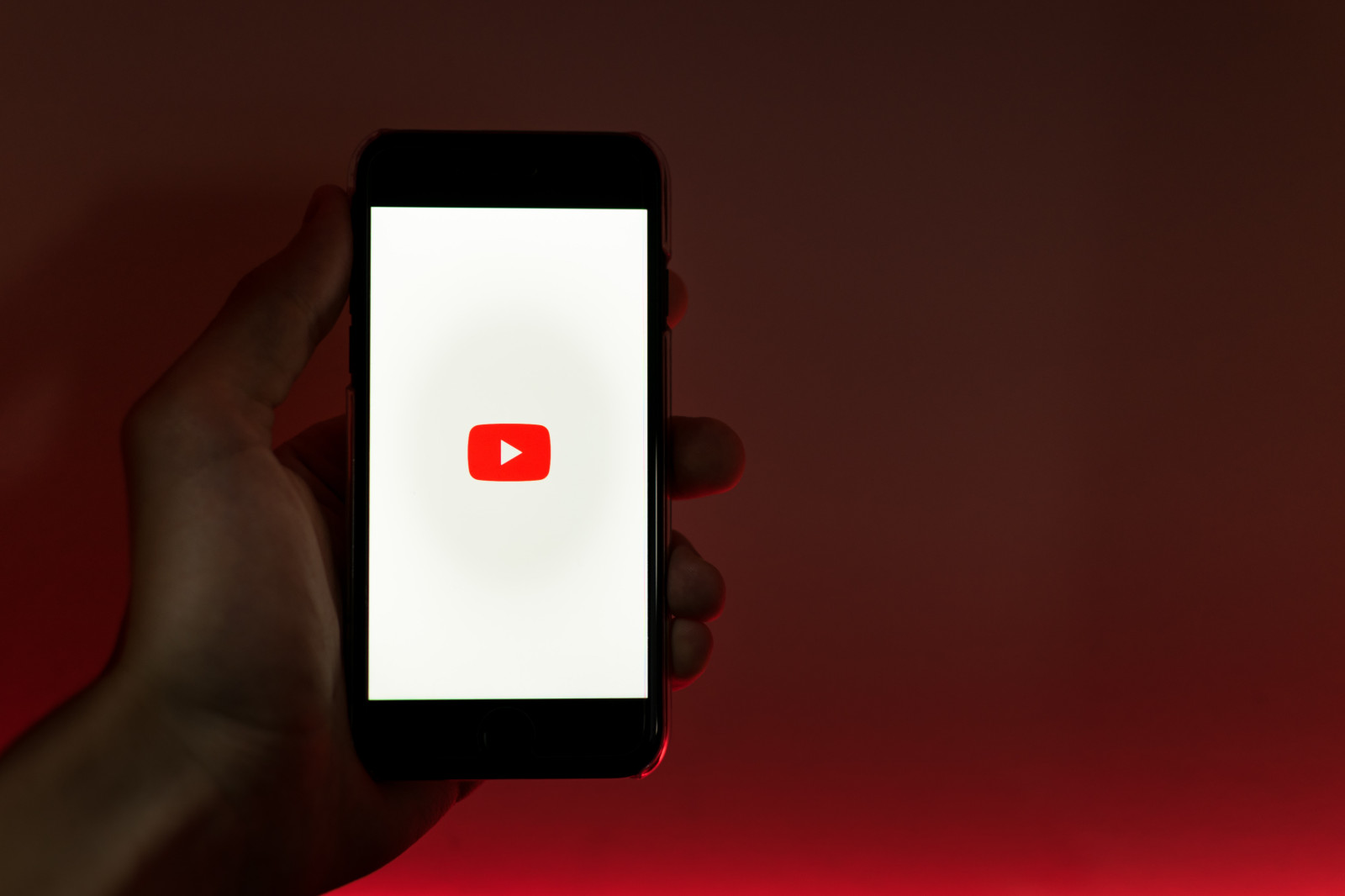Can YouTube’s AI chat bot provide an edge in increasing in-app engagement time?

Photo: Szabo Viktor

In this entertainment age dominated by technology platforms, in-app engagement time has become a key measure of success. The fierce competition for available viewing time is what makes it crucial. For video, unbroken watch time is the north star – albeit a hard one to reach when social video’s personalised algorithms are duking it out with streaming TV for the viewer’s full attention. As MIDiA has highlighted, the middle ground is entertainment multi-tasking, with consumers scrolling Instagram on their mobile phones while watching a show on a streaming TV service like Disney+. Neither fully loses, but neither but fully wins either.
Given there is little that technology platforms think artificial intelligence cannot solve, it is unsurprising that generative AI is now being used to extend engagement. YouTube gave a glimpse of this on Monday (November 6th, 2023) when it announced an AI-powered chat bot that can answer viewer questions as they watch. While caveated as an experimental feature, it will provide content recommendations, extra insight, or even quizzes as the video is played. The prompts for the new “ask” function also include a “summarise this video” option, where the bot can provide a breakdown of the content so that audiences can decide if they want to keep watching.
This could prove powerful for keeping viewers within YouTube’s ecosystem. It is especially true when you consider that audiences often use YouTube to teach them new skills. For example, a viewer watching a YouTube DIY video on how to put a shelf up could go back to searching Google for answers if the video did not offer what was needed. This feature could help put a stop to this behaviour by allowing viewers to get the answers they need there and then. Quizzes could also prove an effective way of engaging viewers, especially younger students who already accustomed to lean-in engagement with digital content. The tool has hallmarks of Prime Video’s X-Ray feature that displays movie and TV series information – such as actors names – whenever viewers hit the pause button.
In fact, chat bots will not just be effective at extending engagement, but also getting it started. The option to talk with a chat bot to help narrow down what to watch could prove pivotal for streaming TV services, which need to reduce the time spent searching for content to increase the time spent watching.
Featured Report
India market focus A fandom and AI-forward online population
Online Indian consumers are expected to be early movers. They are high entertainment consumers, AI enthusiasts, and high spenders – especially on fandom. This report explores a population that is an early adopter, format-agnostic, mobile-first audience, with huge growth potential.
Find out more…Still, there is a balance to be struck here. Putting to one side the accuracy of the AI training model inputs for the new chat feature (which is a separate product challenge in its own right), such a tool will only prove worthwhile if it can support rather than distract. There is also a chance that it could have the opposite effect to what is intended. By trying to be as helpful as possible, the chat bot may inadvertently prevent viewers from sticking around. For example, if not handled carefully, the “summarise” feature could cause as many viewers to stop watching as it encourages to stay. Content creators will want assurances that the chat bot can accurately describe the content but will incentivise viewers to keep watching. With sustained watch time being key to delivering effective advertising loads, YouTube is unlikely to stick with a feature that makes viewers fickler than before.
As YouTube stated in its recent announcement, “these are experimental features, and we may not always get it right”. However, early indications show that generative AI tools can help social video platforms to win the in-app engagement war when they add value rather than overload the consumption experience.

The discussion around this post has not yet got started, be the first to add an opinion.